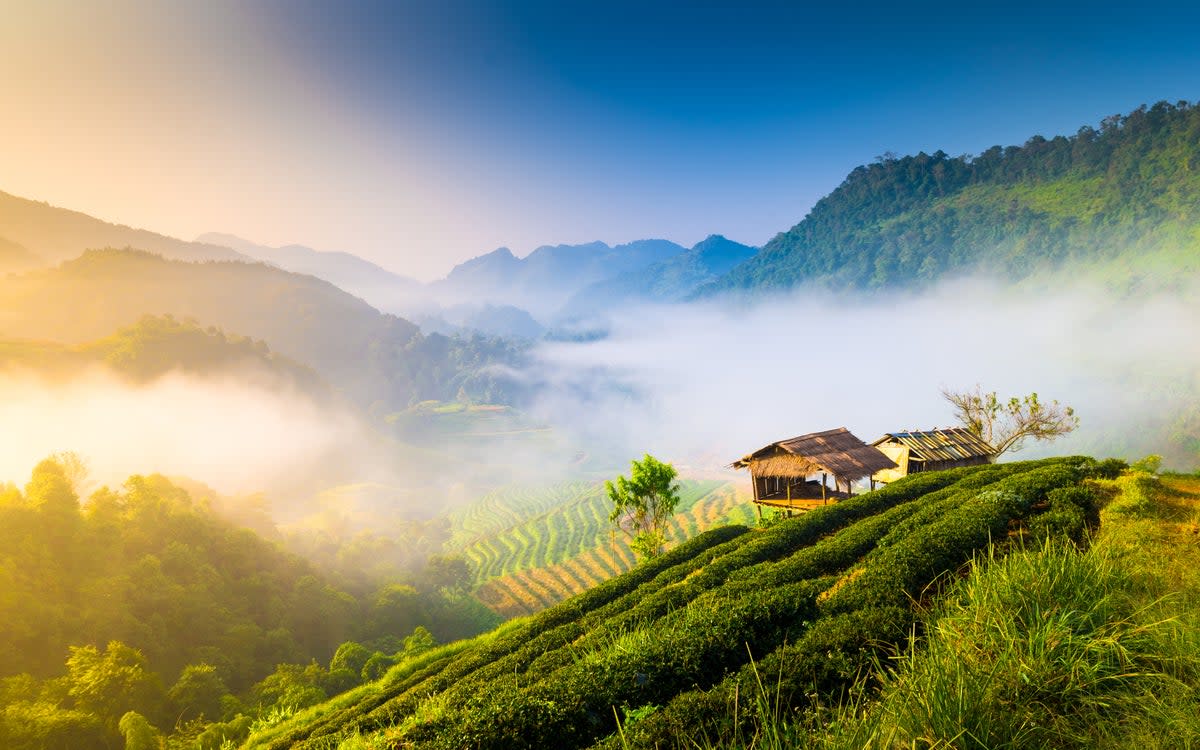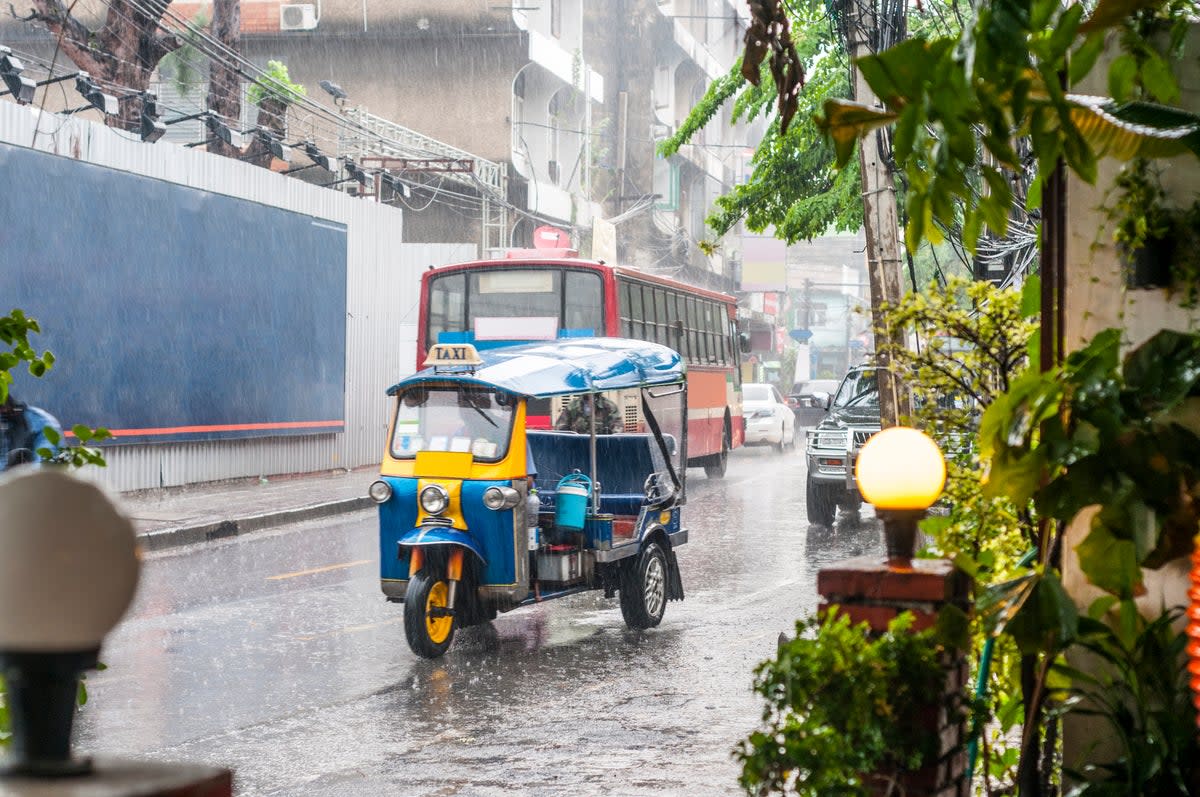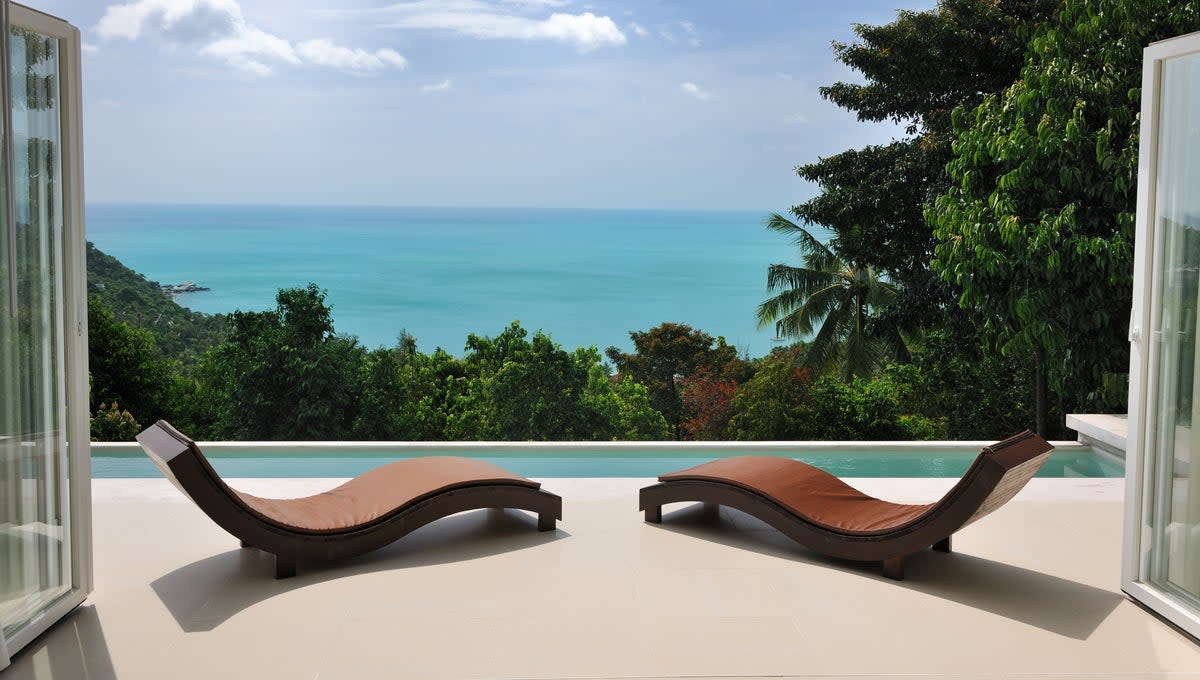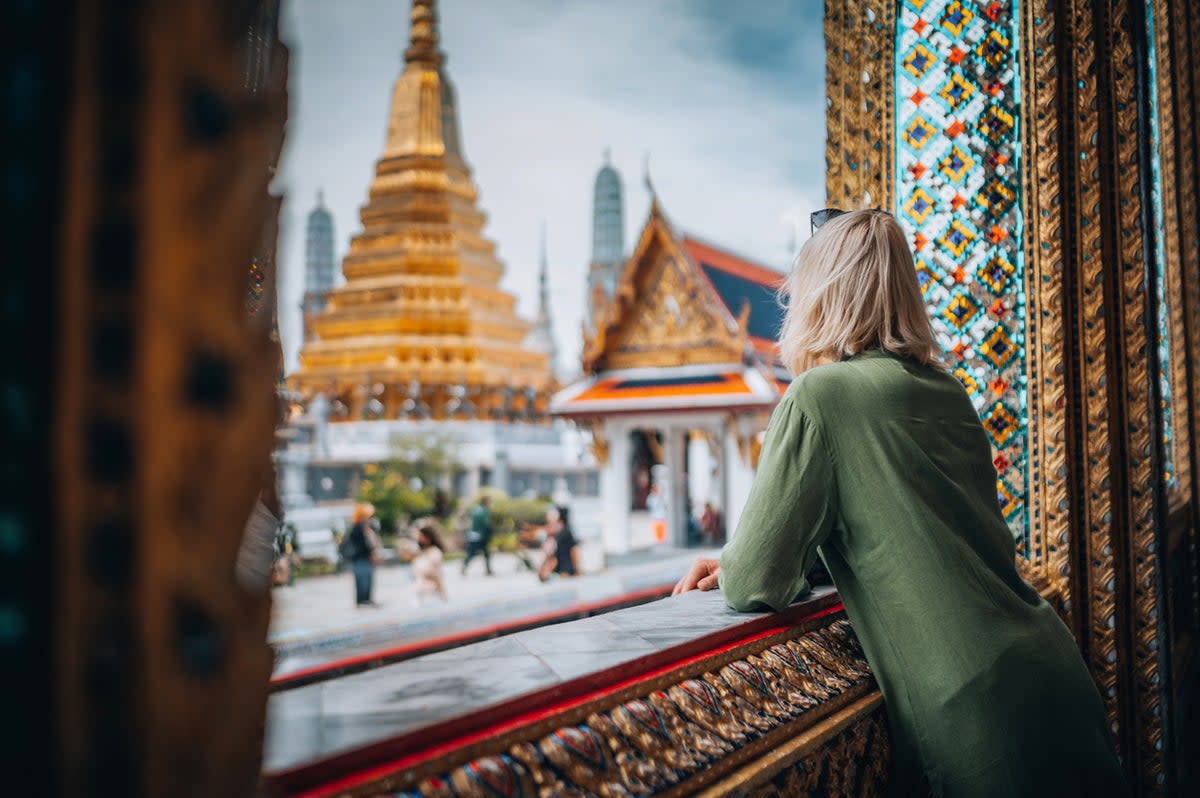The best time to visit Thailand for a holiday – and when to avoid the rainy season

When planning a holiday to the Land of Smiles to explore jungles, relax on beaches and partake in exhilarating water sports, it’s important to consider an age-old obstacle to holidaymakers’ fun – the weather. From Bangkok to Koh Samui, holiday hotspots have optimum windows of wonderful weather that treats Thailand's guests to largely sunny skies.
Thailand is blessed with consistently mild weather conditions year-round, as well as appealing annual temperatures, but the typically tropical climate is not without heavy rainfall, humidity and winds.
Three key seasons break up the calendar: wet (ruedu fon), cool (ruedu nao) and hot (ruedu ron), dictating peak and off-peak tourist periods and creating shoulder seasons in between.
Naturally, temperatures range in Thailand’s vast regions from north to south and coast to coast, and visitors should be mindful of the different climates and the dreaded monsoon season – often forcing Thai isles to close – that await on the south Asian holiday hotspot.
Read more on Thailand travel:
8 of the best Thailand holidays 2023: Where to stay for luxury retreats and budget breaks
The best islands in Thailand to visit for holidays for couples, families and more
Wet Season: ‘Ruedu Fon’

When is it? July to October
Thailand’s ‘monsoon’ season takes place in the peak of the UK summer holidays and lasts for around four months. Rainfall is frequent but inconsistent in short bursts on most days and is at its heaviest in September and October. High humidity and onshore winds from the southwest monsoon across the Indian Ocean can create uncomfortable weather conditions for holidaymakers visiting Thailand during the wettest months of the year (unless you are a huge surfing enthusiast).
Cool Season: ‘Ruedu Nao’

When is it? November to February
Cool, dry weather conditions from November to February provide a respite from intense rainfall. The northeast monsoon brings with it a gentle breeze and more comfortable temperatures with average highs of 27C to 30C in December and a far less humid atmosphere perfect for exploring seaside resorts on Thai islands and snapping some cloud-free photos. Unsurprisingly, the pleasant conditions during these months are the most popular and tourism peaks during these four months.
Hot Season: ‘Ruedu Ron’

When is it? March to June
Aside from the mountain provinces in the northeast, Thailand typically enjoys a tropical climate that rarely dips below 20C. North Thailand feels the heat the most from March to June, with temperatures in Chiang Mai peaking at a sweltering 36C in April. The lack of breeze or refreshing drizzle can make sightseeing Thailand’s iconic temples and pagodas an uncomfortable experience, but conditions are slightly less intense on holidays in the south – highs peak around 33C in Phuket, ideal for relaxed beach days.
Best time to go
North
Trips to visit Bangkok and regions in central Thailand are advisable during the shoulder season months of November and December when the region is starting to dry out and peak temperatures and hoards of tourists haven’t yet arrived. After the heavy rainfall, the lush jungles, waterfalls and rolling countryside are at their most impressive.
Southeast
The Gulf of Thailand on Thailand’s east coast, including Koh Samui and Koh Phan Ngan, sees optimum weather conditions for holidaymaking between December to February in the ‘cool season’. Little rain, more moderate temperatures and a strong breeze create not only the ideal waves for watersports but a pleasant environment for family breaks.
Southwest
Thailand’s west coast, including the Andaman Sea and Khao Sok National Park, is at its best from November to March with comfortably warm temperatures, cooling winds and low humidity levels a far cry from the conditions of monsoon season from July to October – some islands shut down during the heaviest rain and ferry services are heavily reduced.

January
Average temperature: 27C to 31C
Hours of sunshine per day: 9 hours
Average monthly rainfall: 19mm to 56mm
February
Average temperature: 28C to 33C
Hours of sunshine per day: 8 to 9 hours
Average monthly rainfall: 22mm to 30mm
March
Average temperature: 29C to 35C
Hours of sunshine per day: 9 hours
Average monthly rainfall: 52mm to 159mm
April
Average temperature: 29C to 36C
Hours of sunshine per day: 7 to 8 hours
Average monthly rainfall: 104mm to 145mm
May
Average temperature: 28C to 34C
Hours of sunshine per day: 6 to 7 hours
Average monthly rainfall: 245mm to 260mm
June
Average temperature: 28C to 33C
Hours of sunshine per day: 5 to 6 hours
Average monthly rainfall: 190mm to 290mm
July
Average temperature: 28C to 33C
Hours of sunshine per day: 6 hours
Average monthly rainfall: 199mm to 263mm
August
Average temperature: 28C to 32C
Hours of sunshine per day: 5 to 6 hours
Average monthly rainfall: 230mm to 350mm
September
Average temperature: 27C to 32C
Hours of sunshine per day: 5 hours
Average monthly rainfall: 339mm to 381mm
October
Average temperature: 27C to 32C
Hours of sunshine per day: 6 to 7 hours
Average monthly rainfall: 275mm to 376mm
November
Average temperature: 28C to 31C
Hours of sunshine per day: 7 to 8 hours
Average monthly rainfall: 56mm to 226mm
December
Average temperature: 27C to 30C
Hours of sunshine per day: 8 to 9 hours
Average monthly rainfall: 7mm to 73mm
Read our best Bangkok hotel reviews
